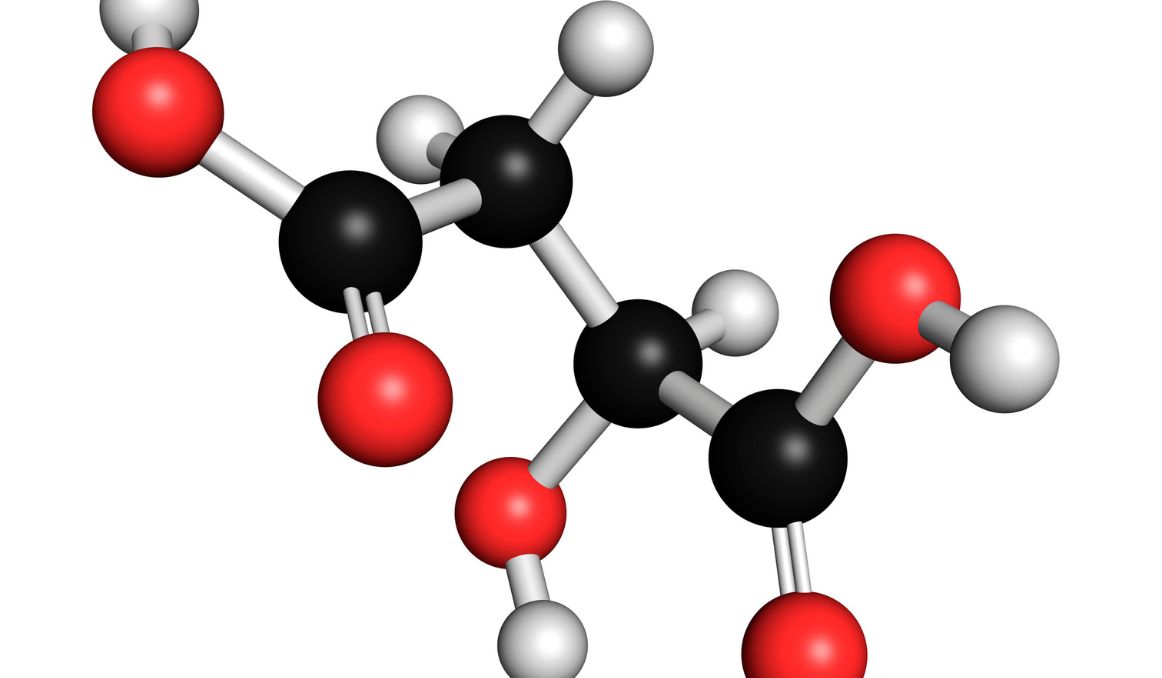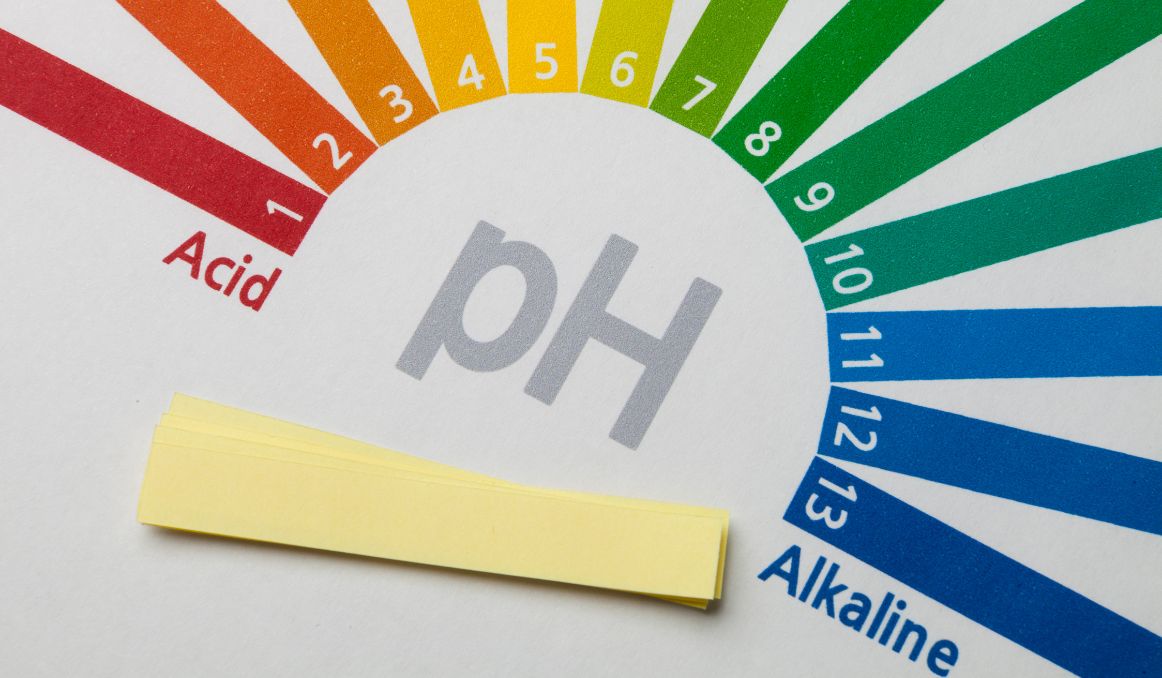What Does Adding Malic Acid to Wine Do?
On its face, wine making seems like a super simple, easy process that anyone could do and become successful at. Grow grapes, crush them, and ferment them. Done. Right? Well, not really. There are a million other little factors to consider, like ideal ripeness, soil quality, and racking, not to mention issues of the enzymatic process during fermentation.
Specifically, the issue of malic acid can be a tricky one. After all, what does adding malic acid to wine do? And how do you know if you need to add malic acid to your wine?

Wine Making
Wine making is actually relatively easy at its most basic elements. Indeed, wine has been around for millennia. It was the first alcohol beverage known to humans, and it was likely even around before that.
Mead was the first wine, of course, as you can simply let watered down honey sit for long enough and it will ferment of its own accord. But the same can be said for grapes and grape juice. Overripe grapes on the vine will ferment, and animals like monkeys have been known to eat overripe, fermented fruit on purpose. Yes. They intentionally wait for the fruit to ferment before eating it.
So, if we’re talking about the simple act of making an alcoholic beverage from honey or fruit, yes, it’s easy.
But there is an artistic and craft element to the process of winemaking when it comes to pleasing palates.
Grapes must be plucked at just the right time – not too early, not too late. Soil quality has a huge impact on the flavor and aroma of wine. And of course, which yeast is selected can affect not only the fermentation process, whether it is rapid or slow, and not too fast or too slow, but also the overall flavor and aroma profile. Then there’s racking to consider, aging, and so much more.
And that does not even touch on marketing.
When it comes down to flavor and aroma, however, it’s the tiny enzymatic processes that can make a world of difference.
Malic acid is just one of them.
Malic Acid
Malic acid is an alpha hydroxy acid frequently found in fruits, which of course means it is found in wines.
It is sour and acidic, which is why it is often extracted out of fruits to use for cosmetic purposes, like clearing away dead skin cells, and it is helpful for solving the issue of dry mouth.
Malic acid is used for a range of purposes, including acne, fatigue, wrinkles, and even fibromyalgia.
In grapes, malic acid changes as the fruit ripens, becoming less concentrated as the grape ripens.
What Does Adding Malic Acid to Wine Do?
In wine, malic acid is responsible for wine tasting flat when there is not enough and for wine tasting too sour when there is too much.
Which of course means it is handy to have when it comes to balancing the pH levels of your wine.
When to Add Malic Acid to Your Wine
If you have struggled with acidity in wine, either due to plucking grapes too early from the vine, or not getting to them quickly enough, and they grew overripe, it can be enormously helpful to have malic acid compound ready to go.
The acidity malic acid adds to wine will help balance the fruity and bitter flavors and aromas, in particular the tannins found in wines. In short, if you have too many tannins, you can add malic acid to level them out.
Further, if you find your wine tastes flat and the intended flavors are difficult to detect, malic acid may well come to the rescue, delivering a spectacular wine from what could have ended up a dud.
A word of caution, though. If you add too much malic acid to wine, you could find yourself with a sour, mouth puckering wine that will be difficult to save.
Striking the right balance is essential here.
To be sure you have the right balance, you can invest in a pH tester which will give you precise levels.

Also note that during the fermentation process your wine will undergo malolactic fermentation, which will smooth out the malic acid, so be cautious about adding malic acid before this process occurs or you may end up with more trouble than you need.
Malolactic fermentation is the part of fermentation where the already existing malic acid in your must will convert to a softer, smoother, more buttery flavor, so it is wise to wait until after this process before deciding whether to add extra malic acid.
In general, malic acid is added to:
- Red wines
- Rieslings
- Gewurztraminers
- Muscats
It is also wise to be mindful of adding malic acid during the aging process as those acids will become more obvious to the drinker.
In the end, adding malic acid to your wine will add a more acid flavor, mellowing out tannins and bringing out intended delicate notes, but only when added with care and great caution.
It is, like most things, a matter of experimentation. You’ll need a delicate touch with this one.
Cheers!
Passionate about the wine and/or beer making process? So are we! If you’re interested in finding out how you can use our technology to control fermentation and monitor your yeast, save work hours and improve the cost-efficiency of your business, drop us a line at [email protected] or check out our product pages:
- Oculyze FW (Fermentation Wine) Yeast Cell Counter App + Hardware
- Oculyze BB 2.0 (Better Brewing) Yeast Cell Counter App + Hardware
Also, you can now get access to a fully functional demo account to test your yeast via our Web App. Completely free of charge and with no commitment to purchase.
Sources:


